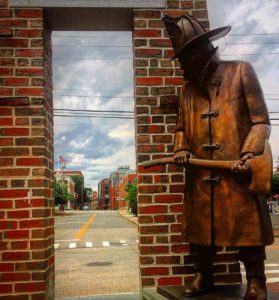Tangled extension cords? Power strips galore? Your home’s wiring system might be working overtime and it might be at risk for igniting a fire. Straighten out these wiring problems and more with tips from This Old House.
Have a licensed electrician walk through your home every five years to look at the wire insulation and the service panel and for any code violations. If you’re doing it yourself, start by turning off the circuit at the main breaker panel.
Code requires outlets within 4 feet of a door and every 12 feet after that. Extension cords can be useful, but keep in mind that smaller-gauged cords can overheat and start a fire if overused. Adding more outlets can run about $100 per outlet on first levels and $200 upstairs.
Another fire hazard is overlamping, in which light fixtures have a bulb with higher-than-recommended wattage installed. Check the fixtures’ wattage limit or use bulbs that are smaller than 60 watts.
Flickering lights aren’t just annoying, but they could be a sign of wire trouble, too. The outdoor fitting where overhead cables from the power line come into the house, or frayed wiring in the weatherhead, causes the short when the cable moves. Call your electric utility provider to have the weatherhead replaced for free.
For recommendations of reputable electricians, please give me a call. I am your full service real estate agent and go-to girl for who-to-go-to!
Photo courtesy of Dillon Scheps






